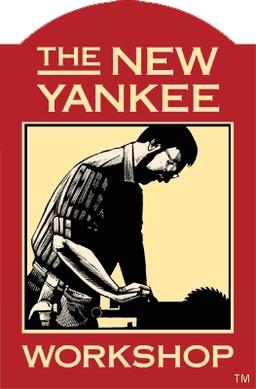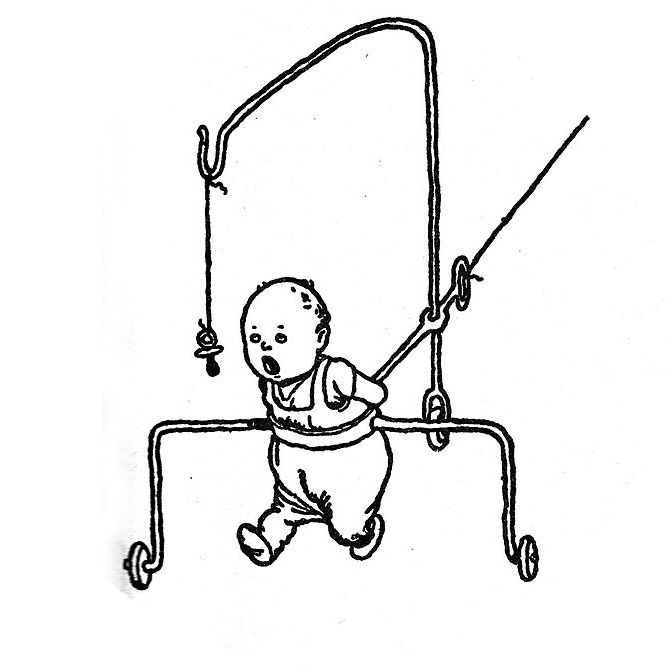

From my perspective, the climate issue is not easy to fix but it is easy to understand.
The planet closest to the sun is Mercury. On Mercury a day is equivalent to 88 days on Earth. In sunlight Mercury can be as hot as 420 °C (790 °F). In darkness Mercury can be as low as −170 °C (−270 °F). The reason for the difference is that Mercury has no atmosphere and is unable to retain heat.
Now lets look at Venus. A day on Venus is 116.75 Earth days. The daytime and nighttime temperatures on Venus are nearly identical and have an average of 464 °C (867 °F). Venus has a very dense atmosphere that is mainly composed of carbon dioxide (96.5%) with the remainder being mostly nitrogen.
The sun may be the source of the heat, but the reason it stays warmer or colder on our planet is directly related to how much carbon dioxide is present in the atmosphere. Increasing carbon dioxide makes us warmer and decreasing carbon dioxide makes us cooler. There are other factors, but those are the basics.
The only practical control we have on carbon dioxide in our atmosphere is controlling and moderating our use of fossil fuel.
It really is that simple.
















https://maartenbrinkman.nl/My-best-gun-branches